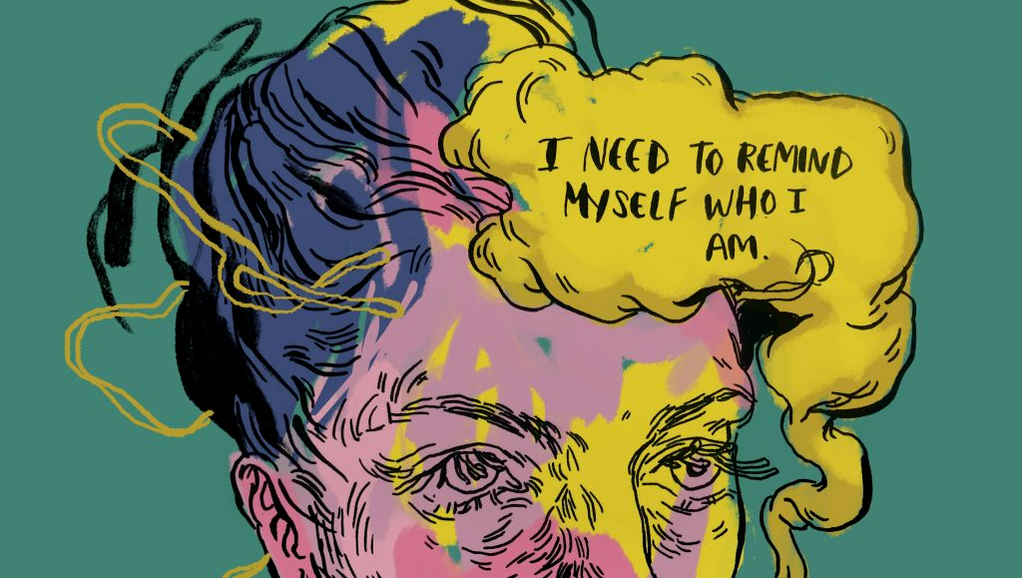|
As a creative, you have the motivation to work hard and achieve your goals, but there is another level to that drive that people outside of the creative realm cannot understand. It’s an unexplainable internal conflict these professionals deal with. It’s the battle between meeting their own standards and meeting the “right” standards. How you identify and describe yourself as an artist is necessary in this profession. Artists need to have a strong sense of self-identity to deal with not only criticism from others, but also from themselves. As an artist, you have these expectations placed on yourself, along with expectations from others. In the end, however, it’s all about your self-reflection. Pressure
Self-reflection is an important process in the industry, as it shows that you understand your flaws and weaknesses and are willing to improve. Reflecting on your takeaway is a big aspect of self-reflection. Do you generate your reflections into something positive or negative? Many artists fall into negativity and put loads of pressure on themselves because of it. Pressure makes diamonds, but it will crush stones. The pressure is the negative self-critique that creatives have. To be a diamond, you need to be strong and withstand this regardless of the negativity around you. As a stone, you fold under pressure, focus on your imperfections, and succumb to the weight of everything. Would you want to be a diamond, or would you want to be a stone? Perfectionism What does it really mean to be perfect? How can you achieve perfectionism? The fact of the matter is that perfectionism isn’t definitive because everyone’s idea of being perfect is different. So why do artists pressure themselves to meet a standard that has no actual value? Many creatives struggle with focusing on their mistakes and not their victories. In their eyes, one error outshines all the good in their work. Putting all of your energy into this can take away from appreciating your success. Artists want their finished products to be polished, clean, and free of error. If it is all those things, to them the piece is perfect. If it wasn’t flawless and had few mistakes, would it still be perfect? Present Dwelling on the past can be detrimental to artists, especially when focusing on unintentional errors. Don't focus on the past and how it will affect your future. Instead, focus on the present and what you can change to for your future. You can only control the present, and if you’re too busy worrying about what happened in the past, you’re missing out on what’s happening now. Avoid thinking about what you could have done better and start doing things differently. What you need to know Struggling with self-critique is an art in itself because you must be creative to be creative. You need to get inventive about how to redirect critical energy into something that is going to push you. It can be a challenge, but it starts with one thing. Overall, know who you are and what you stand for. If you can understand that and know that and apply that to your work, then you are succeeding. Figuring out how to positively critique yourself as an artist is hard, but there is no right or wrong in creativity. It’s okay to self-reflect and pinpoint where you need improvements, but remember your triumphs. If you want to learn more, schedule a free consultation with us today!
0 Comments
Leave a Reply. |
AuthorKristine Dizon is a multi-faceted performer, teacher, writer, author, linguist, and entrepreneur. She is Founder & CEO of the Music & Language Learning Center, The Modern Artist Project and co-founder of the Gran Canaria International Clarinet Festival and American Single Reed Summit. She is an artist for Uebel Clarinets and Silverstein Works. Learn more at www.kristinedizon.com. Archives
June 2024
Categories
All
|



 RSS Feed
RSS Feed
